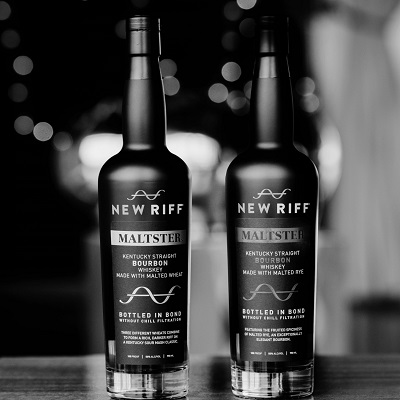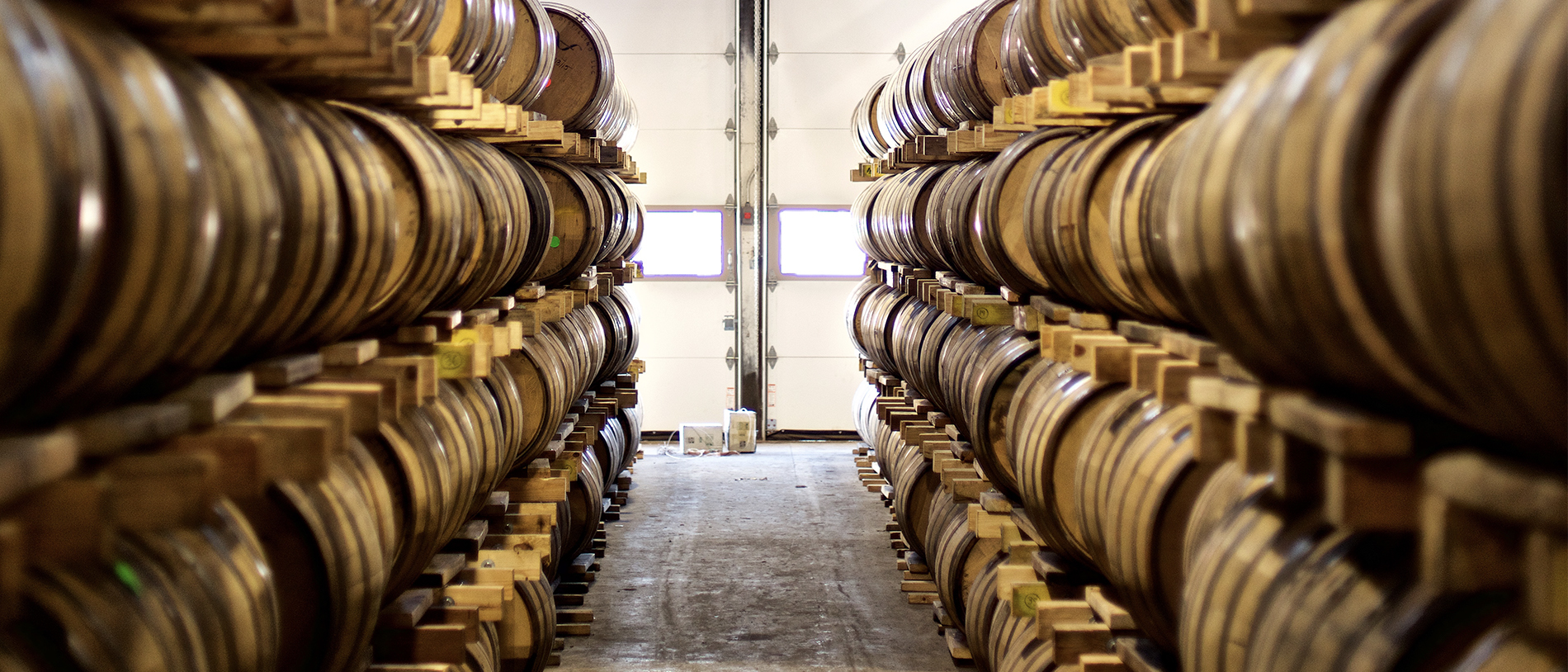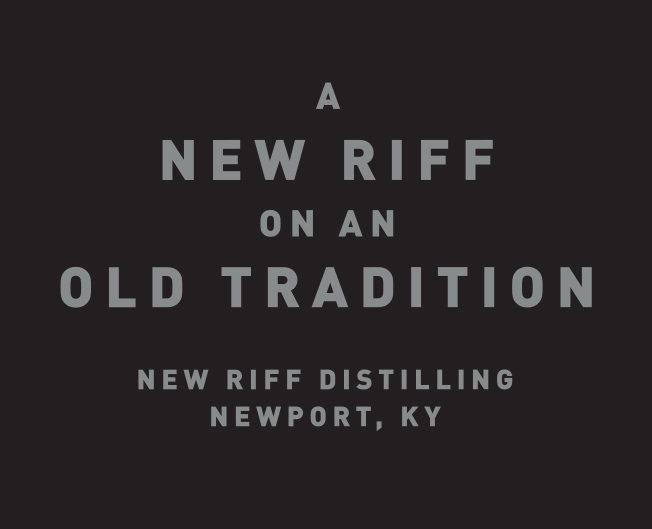 Bourbon enthusiasts are more than familiar with the term “Single Barrel Bourbon.” In fact, single-barrel Bourbons have been quite the popular commodity in the past few years in the world of Bourbon. It’s easy to think that a more specialized version of something must be better, and therefore worth the extra dollars.
Bourbon enthusiasts are more than familiar with the term “Single Barrel Bourbon.” In fact, single-barrel Bourbons have been quite the popular commodity in the past few years in the world of Bourbon. It’s easy to think that a more specialized version of something must be better, and therefore worth the extra dollars.
However, every Bourbon is different in its own right. Let’s review what goes into making a single-barrel Bourbon. There are two primary ways Bourbon is bottled: a single barrel bottling and what we can call for the sake of discussion a “standard” (or multiple barrels) bottling runs. A further category is “small batch” Bourbon, which implies a certain selection process among a smaller number of barrels than a producer’s standard bottling run.
Standard Barrel Bourbon
To be legally produced as Bourbon, the whiskey distillate’s mash bill must consist of a minimum of 51% corn. The remainder of the mash bill can be any cereal grain, including rye, wheat, barley, or others. The grain is then ground in a mill, mashed with water and cooked, cooled and fermented, and then distilled. The distillate is then entered into a new charred oak barrel or cask. The typical “straight” Bourbon is then aged for a minimum of at least two years. The spirit may enter the barrel at no more than 120 proof (60% alcohol by volume) As the distillate ages in the new charred oak barrels, it gains color and flavor due to evaporation and oxidation. The next step is where standard Bourbon tends to differ from a single barrel and small-batch Bourbon.
A particular brand’s standard bottling is a blend of many different barrels of Bourbon. In standard barrel Bourbon batches, the Bourbon is withdrawn from the barrel or cask and diluted with water to be bottled at a minimum of 80 proof (40% alcohol by volume). During this process, Bourbon is withdrawn from multiple barrels into a tank to maintain a consistent flavor. The location of each barrel stored in a warehouse can affect the flavor profile of a single batch. Mixing multiple barrels guarantees similarity in flavor that brands need as a staple of their recipe. This typical or “standard” Bourbon is best in almost any use and is often used to mix with cocktails. New Riff’s Kentucky Straight Bourbon Whiskey is aged four years in 53-gallon toasted and charred new oak barrels before it is Bottled in Bond Without Chill Filtration at a full 100 proof, giving it a savory, spicy, powerful character.
Single Barrel Bourbon
 Single barrel Bourbon occupies a similar production, aging, and barrelling process to standard Bourbon. However, single-barrel Bourbons are seen as a premium class of whiskey. Each single barrel bottling comes from one individual aging barrel instead of a blended mix of Bourbons of various barrels. The uniformity of color and taste in single barrel Bourbon is not as apparent across different single barrels because each barrel’s location can drastically change the flavor profile. Although every single barrel owns its specific flavor profile, New Riff’s Single Barrel Bourbon generally shows big and spicy flavors, with a robust and fulsome flavor from start to finish.
Single barrel Bourbon occupies a similar production, aging, and barrelling process to standard Bourbon. However, single-barrel Bourbons are seen as a premium class of whiskey. Each single barrel bottling comes from one individual aging barrel instead of a blended mix of Bourbons of various barrels. The uniformity of color and taste in single barrel Bourbon is not as apparent across different single barrels because each barrel’s location can drastically change the flavor profile. Although every single barrel owns its specific flavor profile, New Riff’s Single Barrel Bourbon generally shows big and spicy flavors, with a robust and fulsome flavor from start to finish.
The whiskey that comes from a single barrel is bottled individually, with each single barrel bottle frequently bearing a barrel number and dates for the aging process. In single-barrel bottles, it is believed that the bottling process from only one barrel contributes to unique characteristics and enhanced flavor notes of that particular Bourbon. New Riff’s unfiltered bottling regimen, used for our Single Barrel Bourbon and all our whiskeys, allows the uniqueness of the barrel to shine through in the glass.
Small Batch Bourbon
Although there’s no legal definition of the term “small batch,” the industry coined it to describe a particular product style within the premium world of Bourbon. Small batch Bourbons are produced by mixing the contents of a small number of hand-selected single barrels, creating a bottled Bourbon with a unique, rich blend.
Compared to the other two types of bottled Bourbons, small batch Bourbon whiskey is a little more complicated. A small batch of Bourbon is basically just a few select single barrels that will, without a doubt, complement and combine well together as a blend of many carefully selected Bourbon barrels. Small batch Bourbon typically consists of no more than ten selected single barrels, although the number of barrels varies from distillery to distillery from two to two hundred or more. The process is basically the same as standard Bourbon but made on a much smaller scale. This allows the small batch product to have a character that’s distinct from the standard product, yet also remains consistent with itself. The careful selection of similar Bourbon flavor profiles means that a small batch of Bourbon itself is rich in flavor while staying unique compared to other Bourbons.
As mentioned earlier, due to the lack of a formal definition, what counts as small batch Bourbons is very subjective. For example, some larger producers will use many hundreds of select barrels and still label the Bourbon as a small batch. It might be a small batch for them, but in the eyes of a smaller producer whose small batch consists of 10 barrels max, it’s massive.
Overall, small batch Bourbon is best for premium purchases and is meant for those who want more individuality in flavor without paying a higher single-barrel price.
Bourbon from New Riff Distilling
Our flagship Bourbon is New Riff Bottled in Bond Without Chill Filtration Kentucky Straight Bourbon Whiskey, in which a bottling run is typically composed of 23-30 barrels. New Riff also has an acclaimed and very popular Single Barrel Bourbon, bottled at barrel proof without chill filtration. Our distillery is a family-owned, Kentucky-bred whiskey distillery that puts a new riff on the Kentucky Bourbon tradition.
Every batch of standard and single barrel Bourbons is forged with conviction. Every bottle is a distillation of who we are.
